Whole Prey - What Is It? Where to Buy Cat Food and How to Supplement Such a Diet?
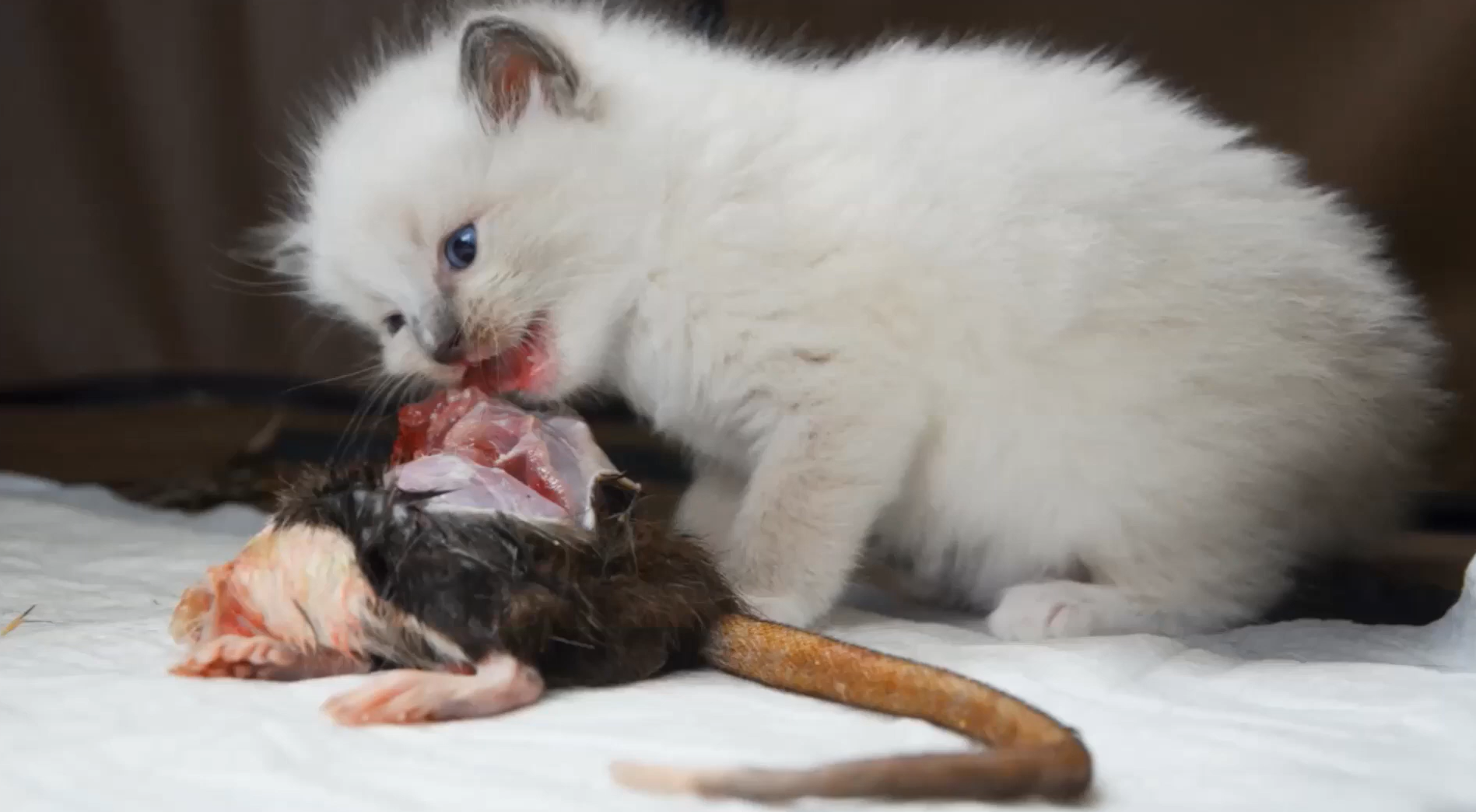
If we want to replicate a cat's natural diet, there are three ways to do it: whole prey, meat with supplements (commonly known as BARF), and high-quality wet meat food. The closest to perfection and at the same time the simplest is the first method: whole prey for cats.
Whole prey. What is it?
The whole prey diet is a feeding model that involves giving cats whole animals they would naturally eat in the wild. In domestic conditions, whole prey for cats primarily consists of the following prey:
- Rodents, meaning frozen rats and mice (from pinkies to large rats),
- Frozen day-old chicks (chickens),
- Frozen quails (chicks and adult birds),
- Frozen rabbits (small-sized).
Ultimately, the diet should mainly consist of adult prey animals (rodents, quails). They provide the most balanced meal for a cat. Newborn rats or mice, as well as chicks, are healthy snacks and valuable additions to the diet.
By adopting the whole prey feeding model, the so-called prey are given whole, providing a fully balanced diet for the cat. Whole prey can be the entirety of the diet or an addition for animals fed with meat and supplements, or wet cat food. In this case, simply deduct the whole prey meal from the cat's daily food portion.
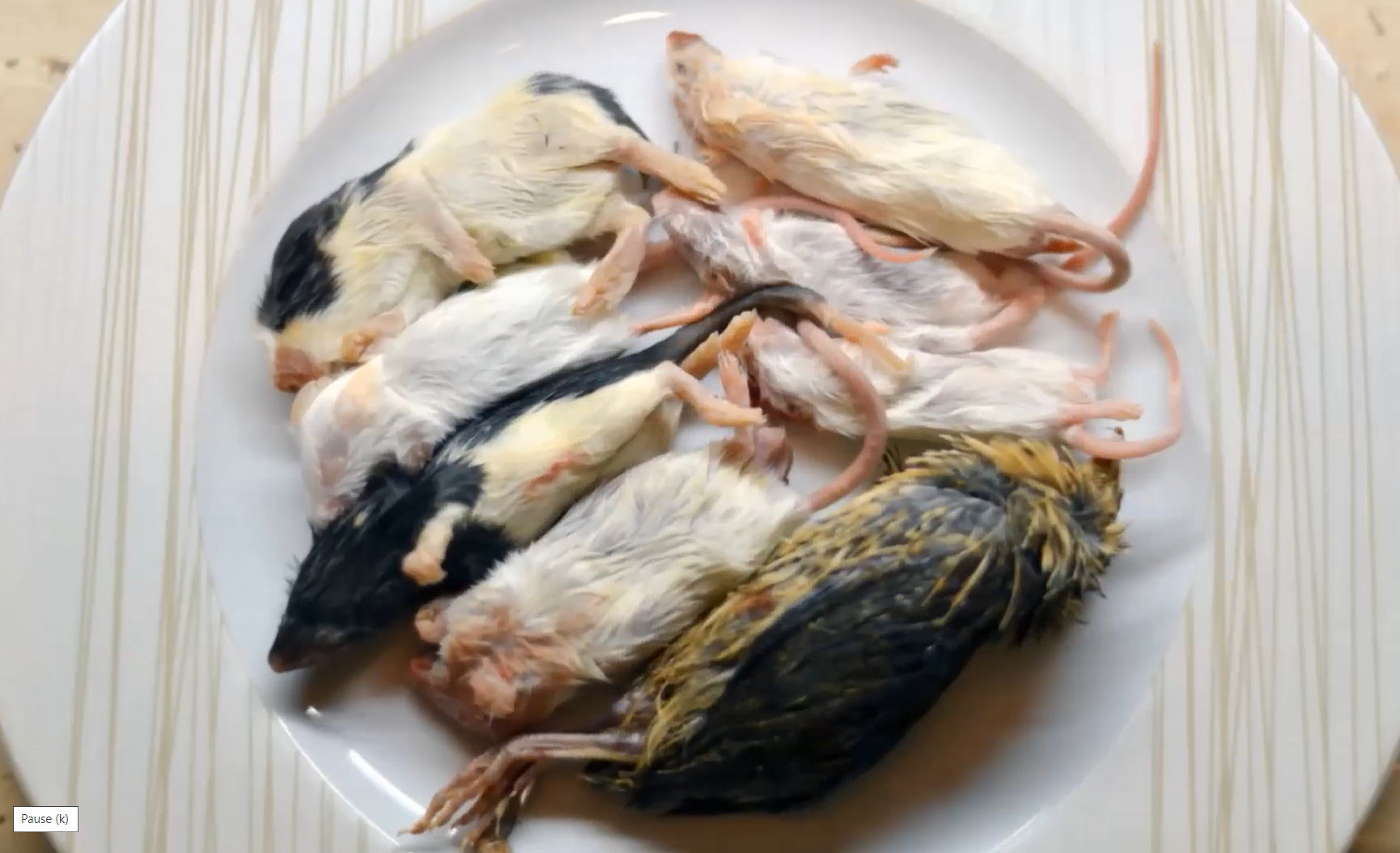
Benefits of Feeding Whole Prey as Cat Food
The advantage of whole prey compared to other cat foods is that the whole prey model does not require careful calculations known to caregivers practicing a diet composed of meat with a set of supplements (BARF, Raw). Moreover, whole prey frees animal caregivers from the duty of precisely analyzing the compositions of commercial cat foods, wet or dry.
Whole prey meals are not only meat but also all valuable innards and body fluids. Included are also skin, fur or feathers, and bones, but we do not need to worry that these elements will harm the cat. The pH in the stomach of a cat fed natural food can easily handle bones, and feathers and fur facilitate the removal of lingering fur in the cat's digestive system and counteract the formation of bezoars.
If until now a cat has been fed processed cat food, it may happen that at the beginning it vomits a matted ball of its own fur and the fur and feathers of its prey a few times. This is normal, as the cat's stomach is cleansing itself from bezoars, which will facilitate future digestion. Feathers, fur, and bones also fulfill another important role: while chewing the meal, they supplement the oral hygiene of the cat, scraping plaque and deposit off the teeth.
Feeding whole prey also has a positive impact on behavior, allowing for natural cat play with food, which helps to discharge hunting instincts and excess energy.
How Do Cats Eat Whole Prey?
Cats consume whole prey meals entirely: with skin, fur or feathers, bones, and all the innards. Some animals may skip eating the stomach, intestines, and in the case of large feathers, wings. With exceptionally large rats, parts of the tail and skull may remain to be cleaned up after the meal.
For those concerned about mess, it's important to note that mice and small rats (e.g., rat pinkies) are usually eaten whole. After large rats, there might be traces of blood, and after quails, there might be feathers to clean up.
How Much Whole Prey to Feed a Cat?
We can start by feeding about 35 g of food for every kilogram of our cat's weight, for example, 175 g of whole prey per day for a cat weighing 5 kilograms. These are, however, approximate guidelines, which should be considered only as an indicator. Depending on activity, age, health, mood, and even the time of year and weather conditions, a cat may eat more or less food. Don't worry as long as it doesn't rapidly lose or gain weight.
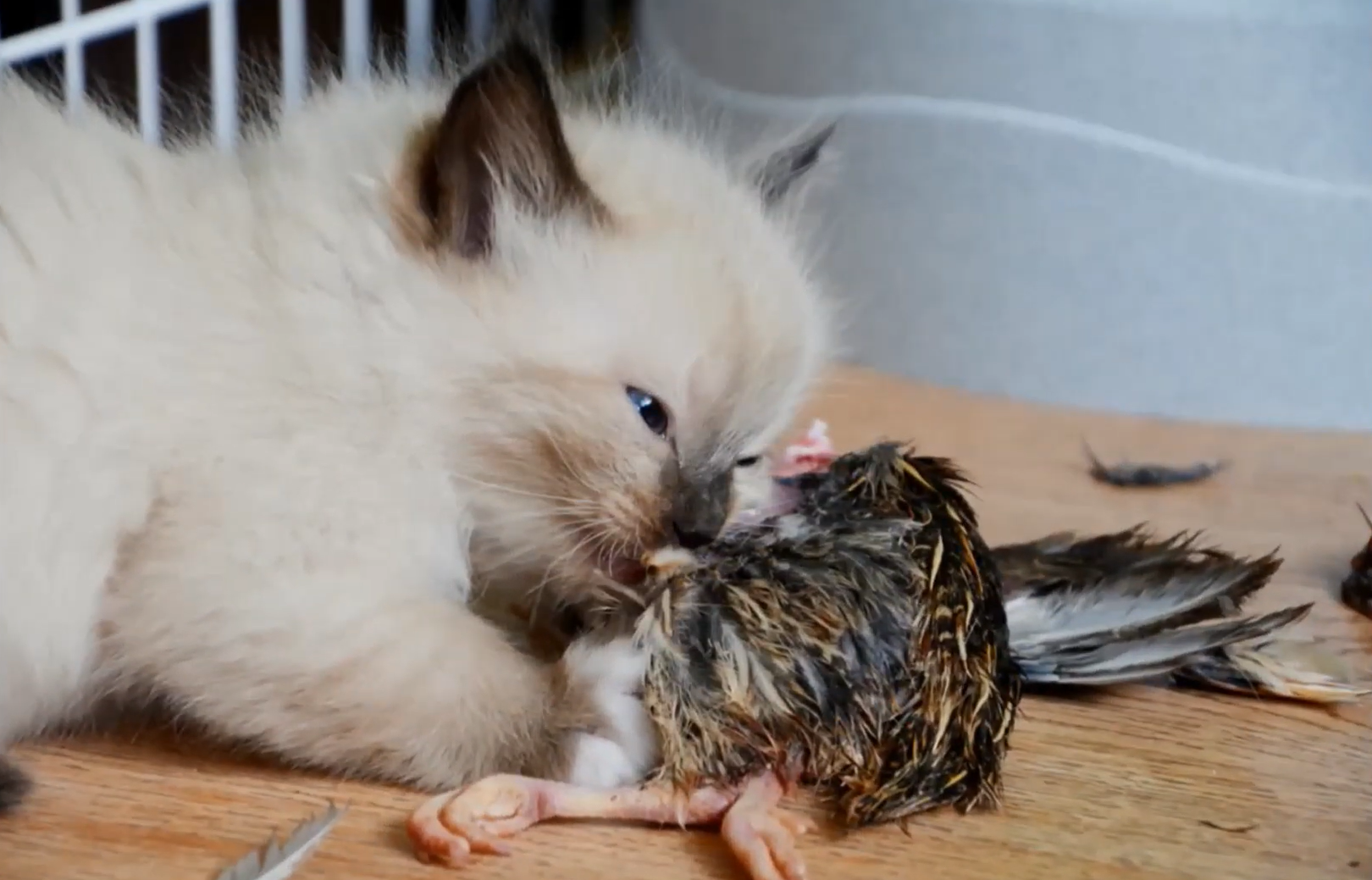
Remember that kittens up to the completion of their first year of life should not have their food intake limited. Cats at this age grow intensively and therefore have an increased need for nutrients, which they cover by eating more — even up to three times more than an adult cat.
Do Cats Need Supplements with a Whole Prey Diet?
The compositions of BARF and commercial cat foods are based on the nutritional needs of animals adapted to eating rats, mice, and small birds. Therefore, serving our pets BARF or commercial cat food is, in a sense, an attempt to replicate the composition of a rat or mouse in domestic conditions.
For this reason, whole prey meals do not need to be supplemented with a full set of micronutrients. Cats fed according to the whole prey model derive calcium and phosphorus from bones, vitamins D and A from the liver, and taurine from the brains of entire prey, and this is true for most other nutrients.
The exception are elements that are insufficient in industrially raised carcasses, namely omega-3 fatty acids and vitamin E — these should be supplemented. Omega-3 fatty acid supplements are usually fish oils, commonly salmon oil. It is important to choose an oil that has significantly more omega-3 than omega-6 acids and that has a marked level of vitamins A and D. Such oil should be dosed according to the manufacturer's recommendation.
Vitamin E can be purchased in capsule form from a pharmacy, for example, Tokovit. Administer one Tokovit 100 capsule for every kilogram of whole prey fed.
Occasionally, you can also give your cat an egg yolk (without the white) as an additional source of vitamins. In the case of eggs, give one medium-sized yolk for every kilogram of food fed to the cat.
How to Add Supplements to Whole Prey for Cats?
If our pet eats BARF or wet cat food in addition to whole prey, we can sneak in extra supplements in this food. If the cat is exclusively on a whole prey diet, there are also ways to do this.
For cats that like the taste of egg yolk, we can add oil and the contents of a capsule to the yolk. It is also possible to administer supplements directly into the cat's mouth with a syringe without a needle, or to inject elements of cat food with a supplement mixture.
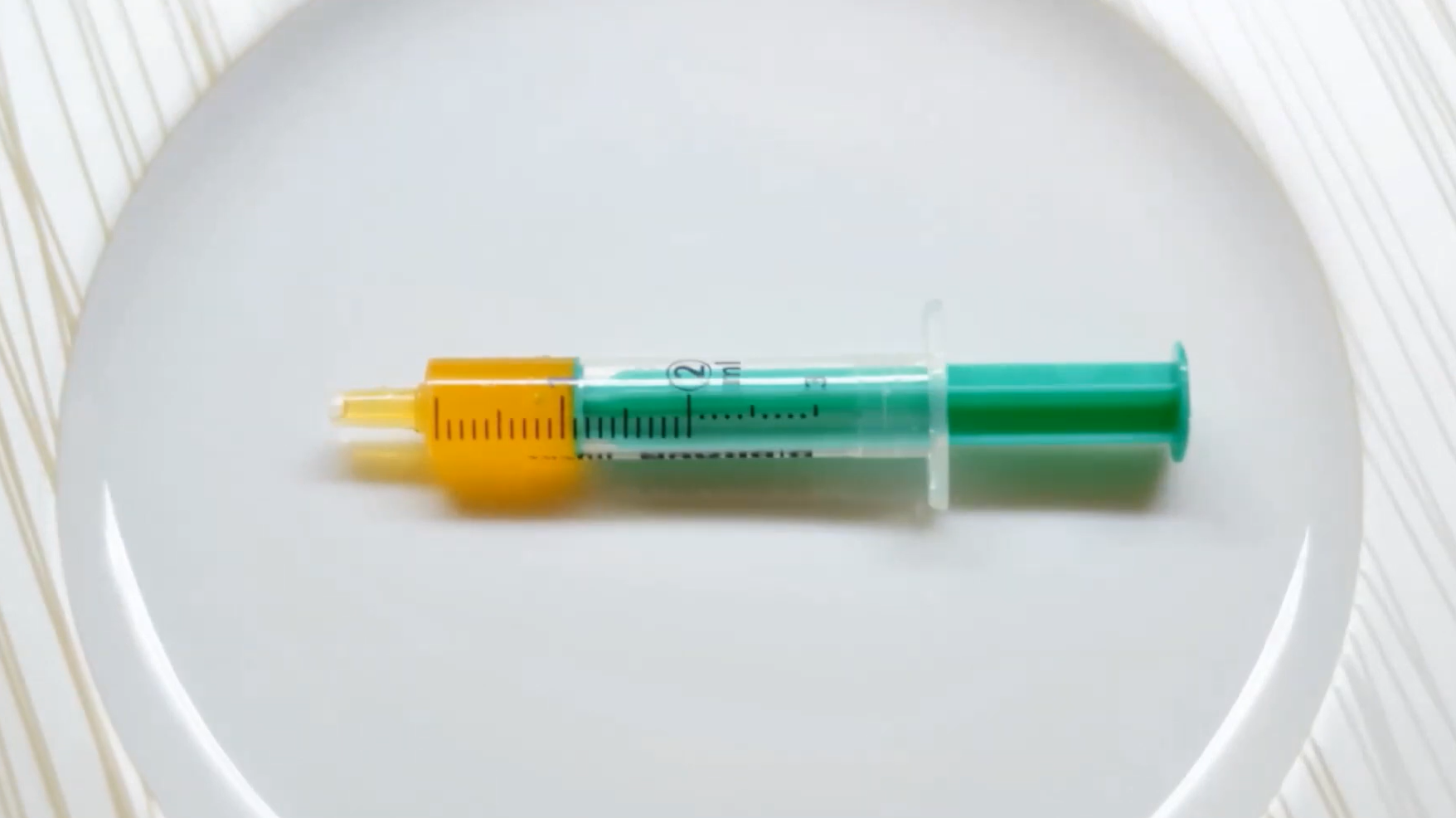
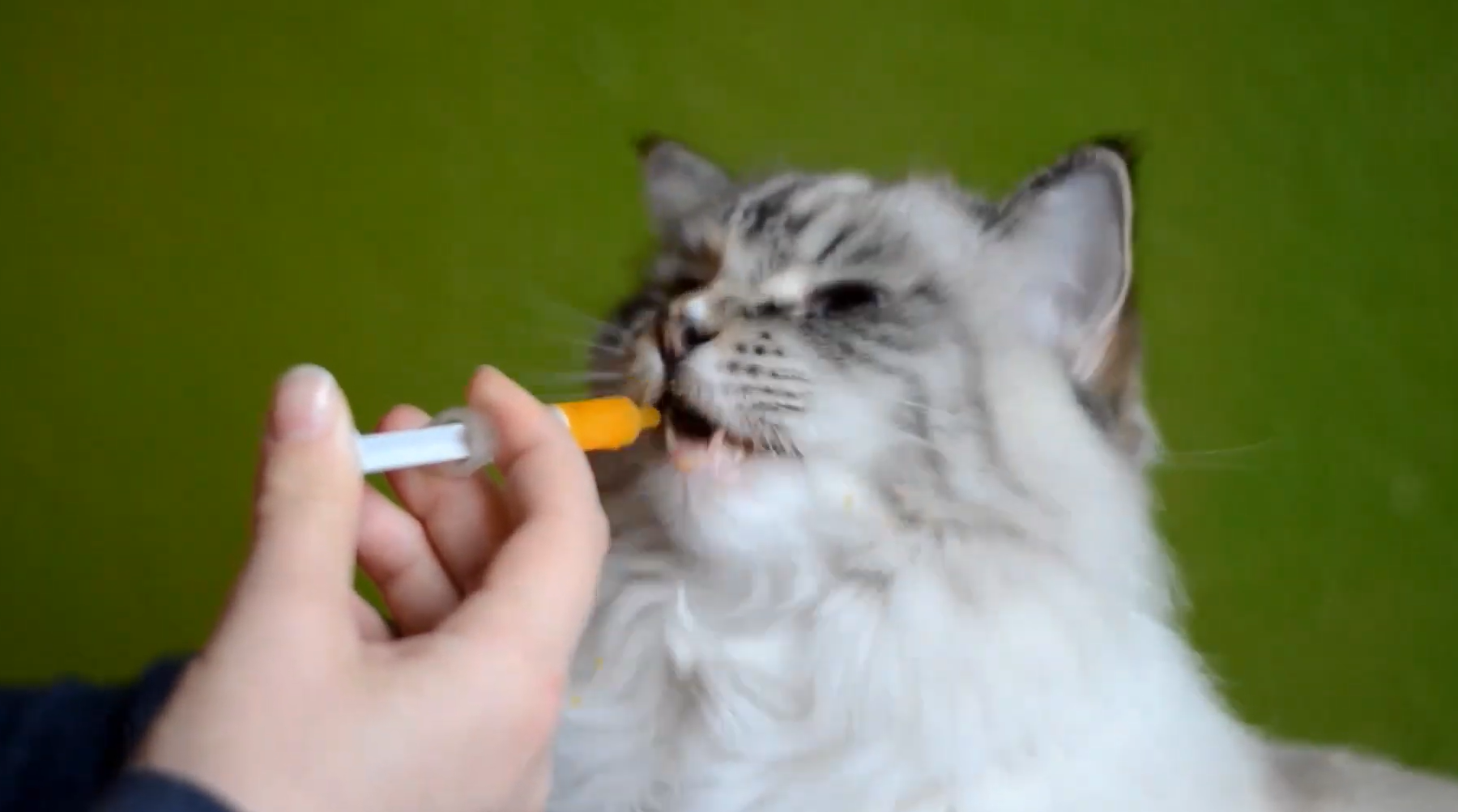
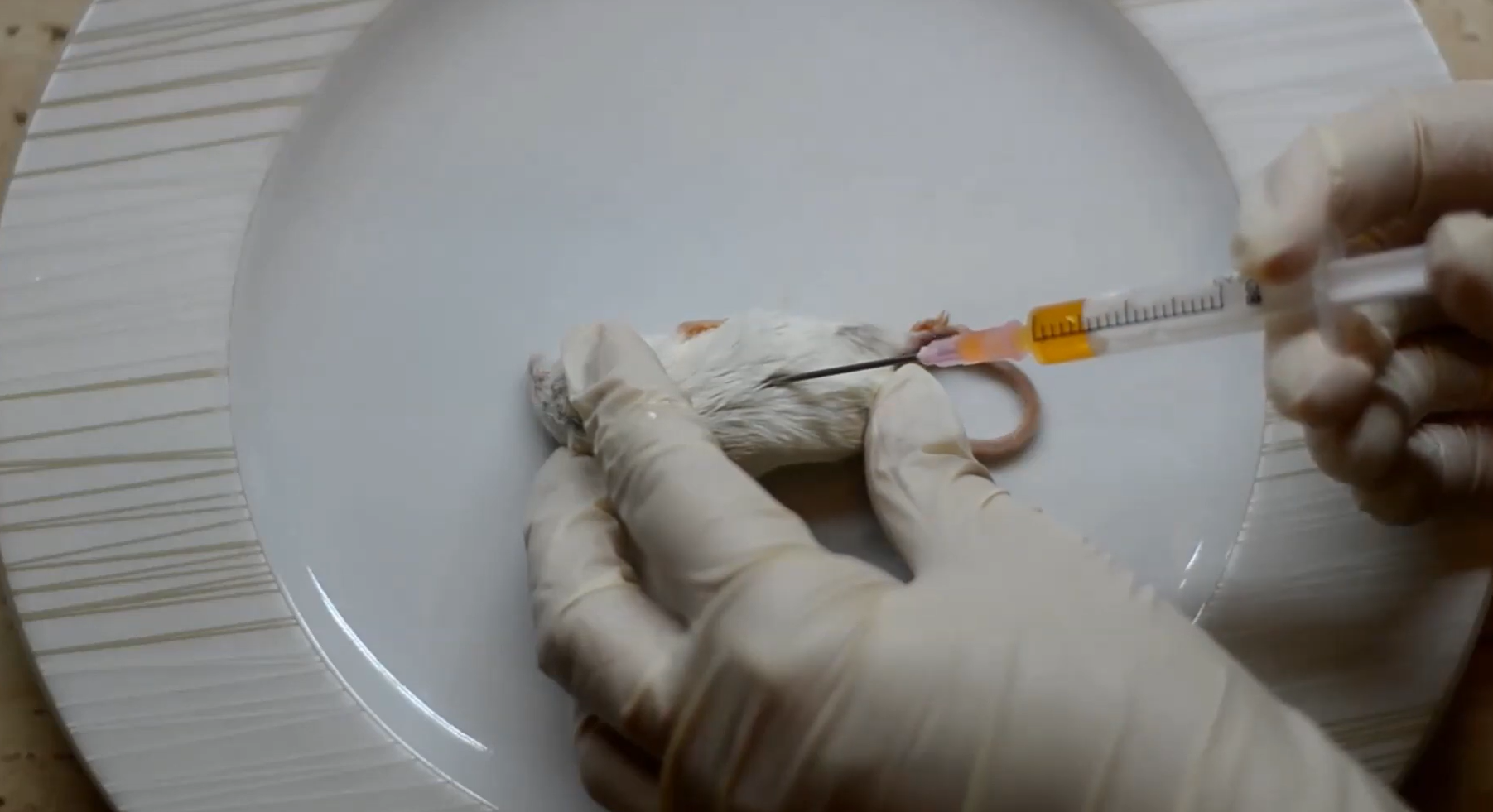
How to Start Feeding Your Cat Whole Prey?
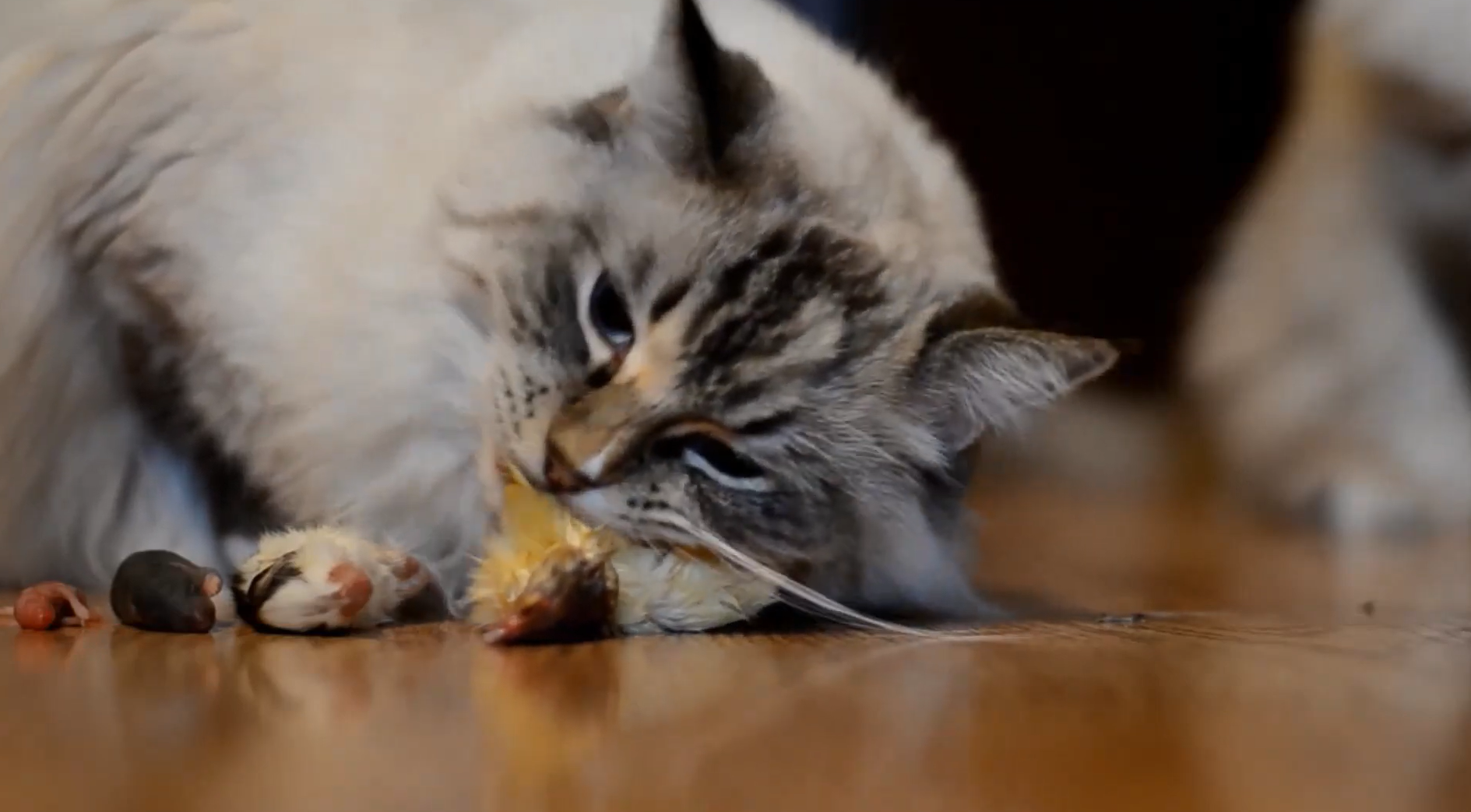
The younger the cat, the easier it is to teach it to eat whole prey. Kittens that have not eaten any other food instinctively know that so-called entire prey is food. Older animals, accustomed to BARF or commercial cat foods, may have problems with this, but some of them also handle whole prey well and readily eat even large specimens.
To find out if your cat belongs to this group, it's best to show it several whole prey meal options and start feeding the one that interests it the most, then gradually expand the diet.
However, there are cats that feel a bit disoriented by this new type of food. For such cats, mouse or rat pinkies, which are small feed rodents that have not yet grown fur, may initially be easier to swallow. This is because the fur can be off-putting for a cat used to processed food.
The simplest way to convince a cat to eat whole prey is to appeal to its basic instincts. Cats hunt to eat, and in domestic conditions, hunting is replaced by play. If we toss a rat pinkie as a mouse during play, there's a good chance that after "hunting" the toy, the cat will start eating the rodent.
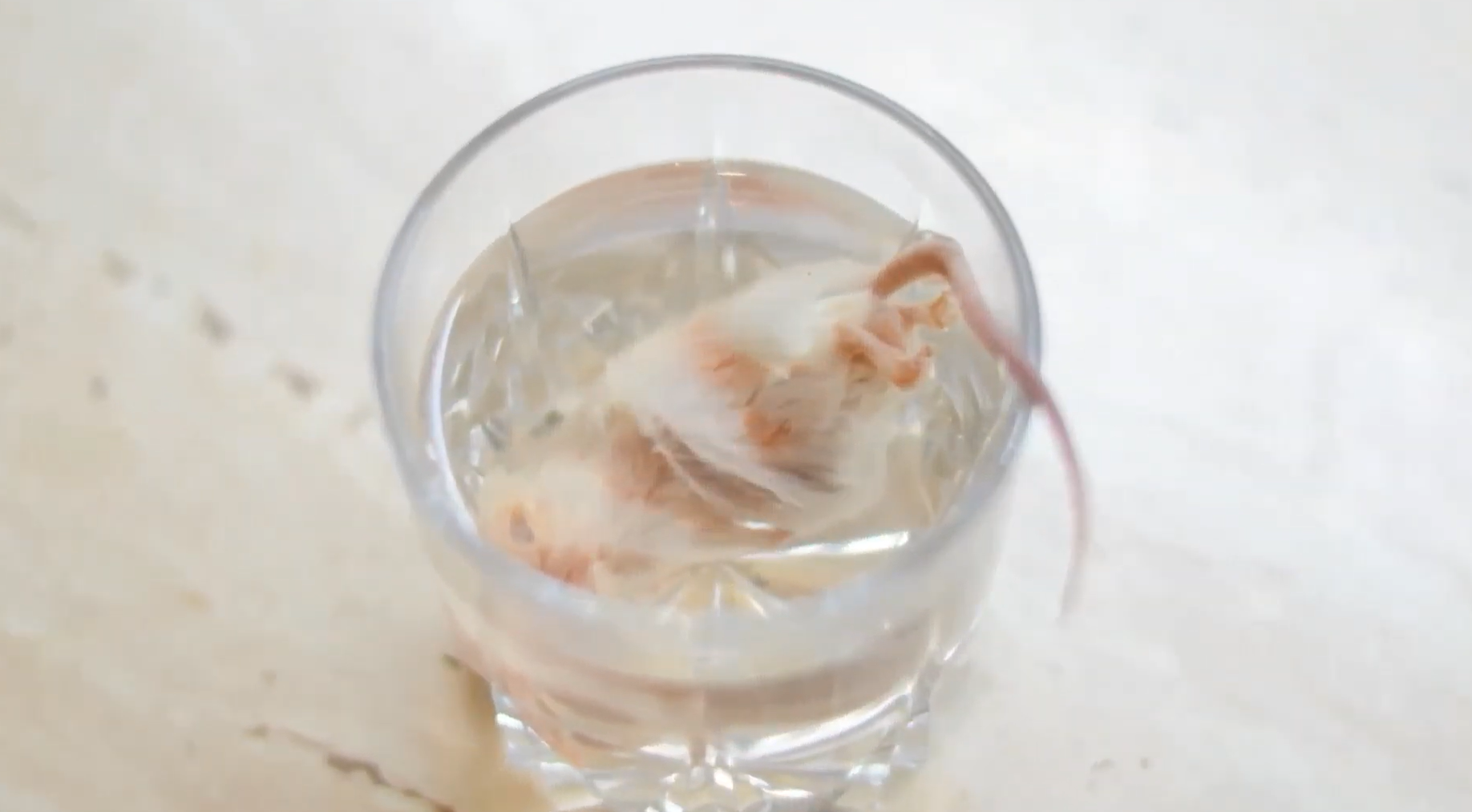 Some cats, upon seeing a whole mouse or rat, do not realize that it's not a toy and that under the skin or fur lies something edible. In such cases, you can try to warm the cat's food to body temperature in a cup of warm water or slice open the rat or mouse before serving.
Some cats, upon seeing a whole mouse or rat, do not realize that it's not a toy and that under the skin or fur lies something edible. In such cases, you can try to warm the cat's food to body temperature in a cup of warm water or slice open the rat or mouse before serving.
If the cat still does not understand that whole prey is food, you can try placing the mouse in the food it usually eats, to associate it with food. Another method is to smear or rub the rodent with the cat's favorite food. If the previous methods fail, you can leave the mice in the fridge to spoil in the sauce from the cat's favorite can.
Where to Buy Whole Prey for Cats?
Cat food should always come from a trusted whole prey store. Reputable whole prey stores for cats sell feed animals from their own or strictly supervised farms, ensuring the highest quality food. Animals sold in such stores have been raised with care for their health and hygiene, humanely euthanized, and deep-frozen in a way that preserves the best nutritional values.
Never feed live animals purchased in pet stores or caught in mouse traps, nor is it acceptable to feed dead animals. It is also inadvisable for domestic cats to hunt birds and rodents themselves. Not only does this have a tragic impact on the environment where our cats are an invasive species, but such prey can also be parasitized, sick, or have a stomach filled with poison that has not yet taken effect.
We don’t need to buy food just before serving, nor even in our place of residence. Whole prey for cats can now be ordered in online prey stores offering dry ice shipping. Well-packaged feed animals reach the customer deep-frozen even in summer.
How to Store Whole Prey for Cats?
Whole prey meals should be stored in the freezer. Before serving, thaw the feed animals in the refrigerator or, if we are sure that cold food does not harm our cat, we can serve frozen food.
How Much Does Whole Prey for Cats Cost?
The cost of whole prey feeding depends on what we feed the cat. If it will be small-sized rats and mice, the cost of daily feeding can range from 4 to 5 GBP or USD. We can reduce the price of rats and mice for cats by ordering larger feed rodents and dividing them into parts. This way, we can reduce the cost of feeding a cat to even about 1 GBP or USD per day.
Text and images: inessiwinska@gmail.com
Recommended

